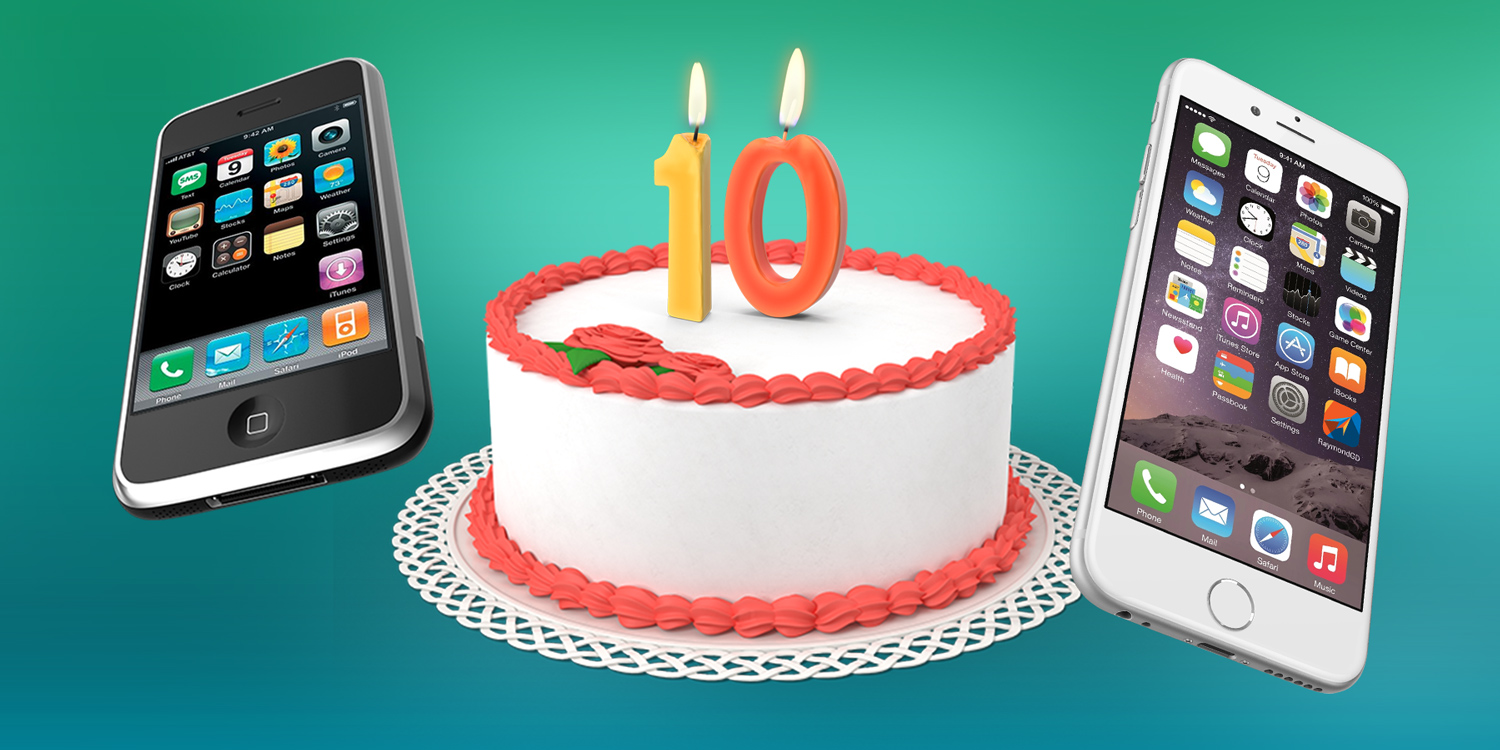As the iPhone celebrates its tenth birthday, we chart the ways in which it changed the world
Few gadgets are revolutionary. And when the iPhone was originally unveiled at Macworld 2007, it’s unlikely even Steve Jobs recognised how transformative Apple’s smartphone would be.
https://youtu.be/-3gw1XddJuc?t=1312
But iPhone upended the mobile phone industry and totally changed how we interact with technology, consigning many standalone gadgets to history.
Here, on its tenth anniversary, we outline ten ways in which iPhone ensured nothing in technology would ever be the same again.
Black slabs
In How Steve Jobs Ruined Comics, cartoonist Tom Pappalardo laments the iPhone ushering in an era of black rectangles. And he has a point. Before Apple’s smartphone stole the show, there was variety in the design of consumer electronics.
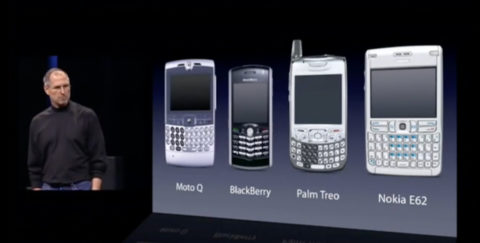
But once Apple sawed the keyboard off of a then-typical smartphone and turned the entire device into a screen, everything else followed suit; and with mobile devices increasingly cannibalising the other gadgets and media people once routinely used, Steve Jobs and his cohorts are ultimately responsible for creating a world of people who spend their lives staring at black rectangles.
Plugged in
Not all shifts the iPhone made were positive ones. With an old Nokia, you’d get many days out of a single charge. With the original iPhone, which was basically a tiny computer glued to a large LCD display? A day – if you were lucky. And that hasn’t really changed – although, to be fair, no-one was doing 4K video editing on a Nokia in the 1990s.
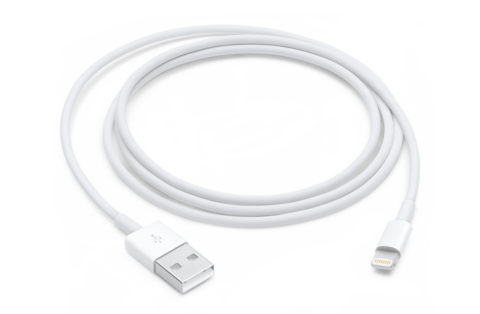
Anything goes
Because the original iPhone lacked a physical keyboard, some worried this would be limiting. But it instead freed people creating mobile software from tiny directional arrow buttons.
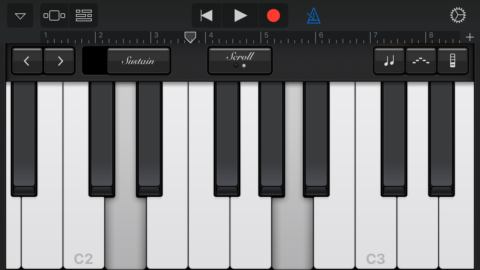
The entire display became interface and controller as one – and although common conventions were hammered out, every app had the opportunity to do something different. The result was an explosion of imagination, and the ushering in of intuitive, user-friendly design that previously just didn’t exist on mobile – nor anywhere else.
You’ve got the touch
With iPhone, screens weren’t just for looking at – they were for interacting with as well. And you did so not with a stylus, but with one or more fingers. Despite the original iPhone’s surface – everything you touched – being glass, the content became oddly tactile, through seamless pinch and swipe gestures. The fluidity of the iPhone was a world away from the clunky awkwardness of the phones that came before it.
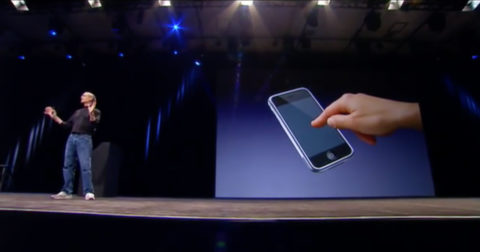
Cruft-free devices
People forget the stranglehold mobile carriers once enjoyed. Whatever phone you bought would be co-branded, with annoying apps welded to it. Apple had none of that. It struck deals that meant its devices only had what Apple wanted on them; for people buying one, there was no junk that couldn’t be removed.
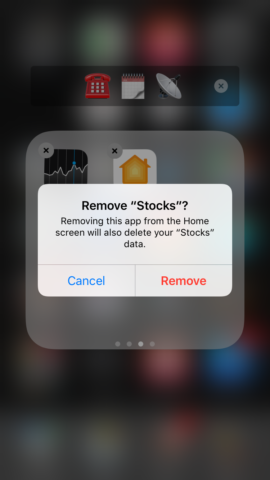
OK, there were some Apple apps people weren’t keen on, but that’s a far cry from some random game you’ll never play, eating into your device’s paltry on-board storage. Plus as of iOS 10, you can get rid of most Apple apps you don’t use, too.
(Apple’s clout in this area also ensured iPhones get regular, timely OS updates for years – something that sadly hasn’t become an industry norm.)
Internet everywhere
Due to the iPhone, people gained a kind of second brain. On always being connected, answers to any question were only ever a few taps away. There’s evidence to suggest this has effectively rewired people’s brains, although in part this has led to laziness (in not having to remember things, because the iPhone can do it for you), and ruined arguments in the pub (since you can find out who’s right in an instant).

There’s an app for that
The notion of downloadable apps was not invented by Apple, but iPhone radically transformed how such a thing could work. Instead of fragmented markets through carrier-branded stores, there was only one App Store. If any iPhone owner wanted an app, that was the place to go.
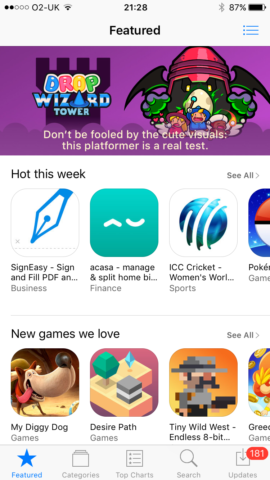
Along with the interface and multitouch breakthroughs mentioned earlier, this ushered in a wave of creativity that continues to this day. Before, phones were good for making calls, sending messages, and the odd email. Now? Music studio. Photo editor. Games machine. Camcorder. Fitness aid. And much, much more.
You are here
With GPS, you never need be lost again. On iPhone’s debut, mapping software knew where you were and could lead you to a destination, or the nearest decent place to eat. When the App Store arrived, you could tap ‘next train home’ in a public transport app and your iPhone would tell you which train to catch. Today, you can even download chunks of Google Maps, turning your iPhone into a sat-nav that works offline.

Game on
Mobile gaming used to be split between handheld consoles (proper games) and mobile phones (junk). Snake was, for many people, the epitome of gaming on a mobile phone. Then iPhone showed up.

Initially, gaming on iPhone was dismissed by many – there were no physical controls, after all. But savvy developers worked with the multitouch display and other features, to craft unique, immersive experiences. Additionally, the App Store introduced countless people to games who wouldn’t have given a PlayStation or Nintendo DS a second look. Today, it’s no exaggeration to say the iPhone is a gaming powerhouse.
Rise of the selfie
As big a hit as iPhone’s been in gaming, photography is perhaps Apple’s biggest win. Despite early iPhones having fairly basic cameras, people soon realised the best camera is the one you have on you. As the iPhone evolved, Apple’s smartphone rapidly zoomed ahead of every other camera, in terms of popularity.
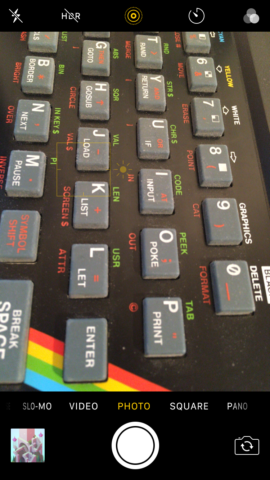
For most people today, owning a separate point-and-click camera isn’t even a consideration – they just use their phones. Moreover, the cameras inside the likes of the iPhone 7 Plus are good enough that professional photographers are using them for paying work.
